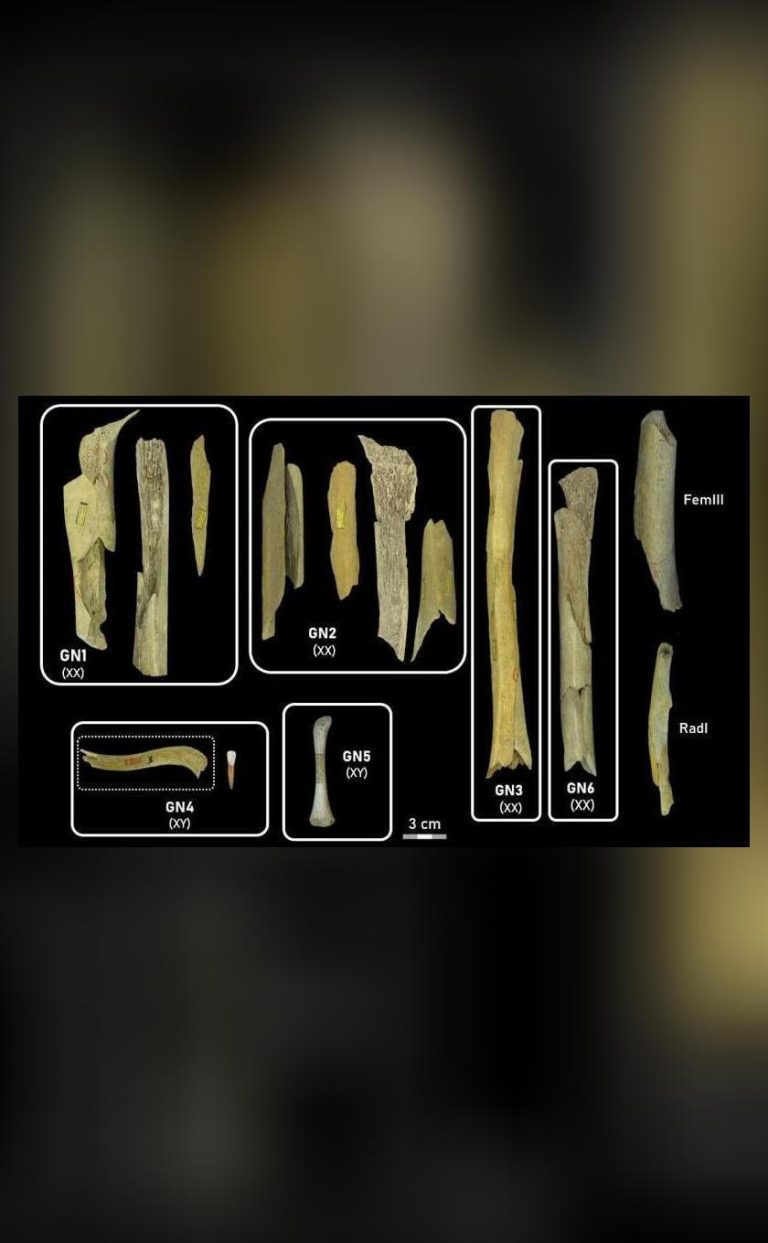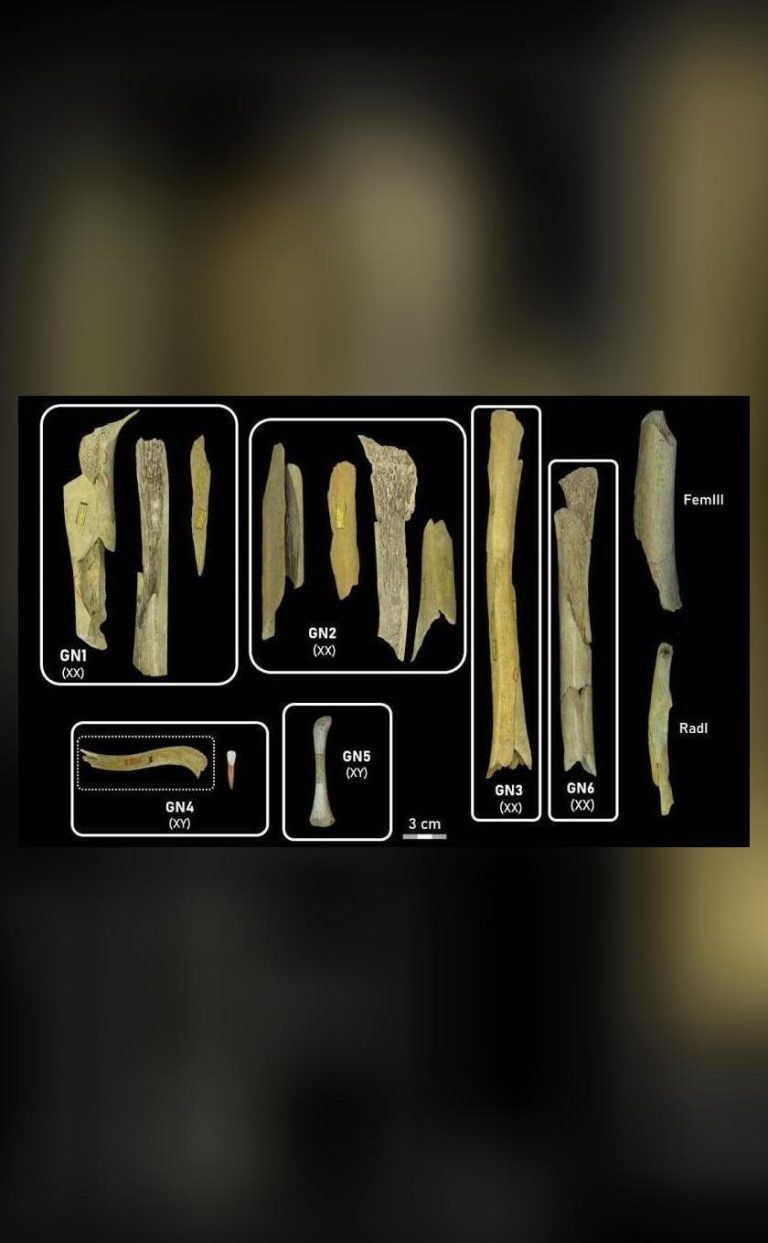
Neanderthals ate outsider women & children 45,000 years ago: Study
The discovery of ancient human remains in Belgium’s Goyet cave system has shed new light on the behavior of Neanderthals, our closest extinct human relatives. A recent study published on the analysis of these remains has revealed a shocking truth: Neanderthals practiced cannibalism, targeting women and children from other communities around 45,000 years ago. This finding has significant implications for our understanding of Neanderthal behavior, social structure, and the circumstances that led to their decline.
The Goyet cave system, located in the Belgian Ardennes, has been a site of interest for archaeologists and anthropologists for decades. The caves have yielded a wealth of fossil evidence, including the remains of Neanderthals, early modern humans, and various animal species. The latest study, which focused on the analysis of human remains found in the cave system, has provided a unique glimpse into the lives and behavior of Neanderthals during a period of significant change and upheaval.
Researchers identified 101 bone fragments with butchery marks, similar to those found on animal bones, which suggested that the Neanderthals had eaten the individuals to whom the bones belonged. The bones, which included fragments of skulls, limbs, and torso, were found to have been cut, scraped, and broken in ways that are consistent with the processing of animal carcasses for food. The presence of these butchery marks is a clear indication that the Neanderthals had intentionally killed and consumed the individuals, rather than simply scavenging their bodies for food.
The most striking aspect of this discovery is the fact that the victims of Neanderthal cannibalism were primarily women and children from other communities. This suggests that the Neanderthals were targeting vulnerable individuals from outside their own group, rather than consuming their own kin. This behavior is consistent with a pattern of territorial conflict, where Neanderthals may have seen outsiders as a threat to their resources and territory.
The timing of this cannibalism is also significant, as it coincides with a period of significant change in the region. Around 45,000 years ago, Neanderthal populations were beginning to decline, while early modern humans (Homo sapiens) were starting to occupy nearby regions. This overlap between the two species may have led to increased competition for resources, which in turn may have driven the Neanderthals to engage in cannibalistic behavior.
The link between cannibalism and territorial conflict is not unique to Neanderthals. In fact, there are many examples of cannibalism in human history, often associated with times of war, famine, or other forms of social stress. However, the fact that Neanderthals targeted women and children from other communities suggests a level of planning and coordination that is unusual in the context of cannibalism.
The implications of this study are far-reaching, and challenge our previous assumptions about Neanderthal behavior and social structure. While we have long known that Neanderthals were capable of complex social behavior, including cooperation and altruism, this study suggests that they were also capable of extreme violence and aggression towards outsiders.
The discovery of Neanderthal cannibalism also raises questions about the nature of human evolution and the development of our own species. If Neanderthals, who are our closest extinct relatives, were capable of such extreme behavior, what does this say about the potential for similar behavior in early modern humans? And how did our own species avoid the fate of the Neanderthals, who ultimately went extinct around 40,000 years ago?
In conclusion, the study of human remains in Belgium’s Goyet cave system has provided a unique glimpse into the lives and behavior of Neanderthals during a period of significant change and upheaval. The discovery of cannibalism, targeting women and children from other communities, is a shocking reminder of the complexity and variability of human behavior, even in our closest extinct relatives. As we continue to explore the mysteries of human evolution and the development of our own species, studies like this one serve as a reminder of the importance of understanding our shared history, and the many secrets that still remain to be uncovered.
News source: https://phys.org/news/2025-11-neanderthal-women-children-victims-cannibalism.html





